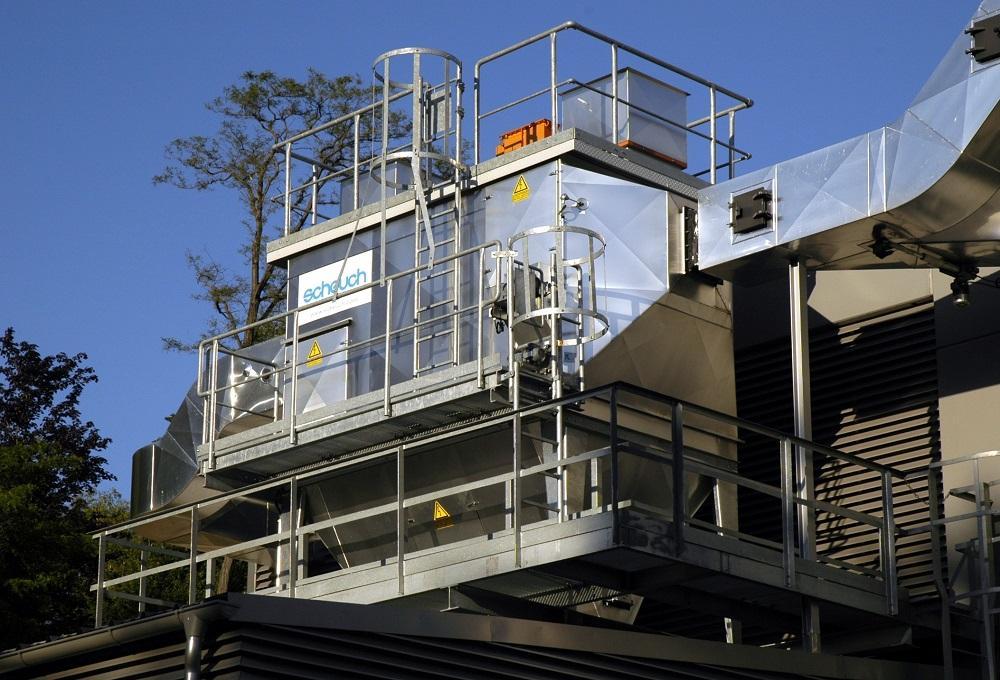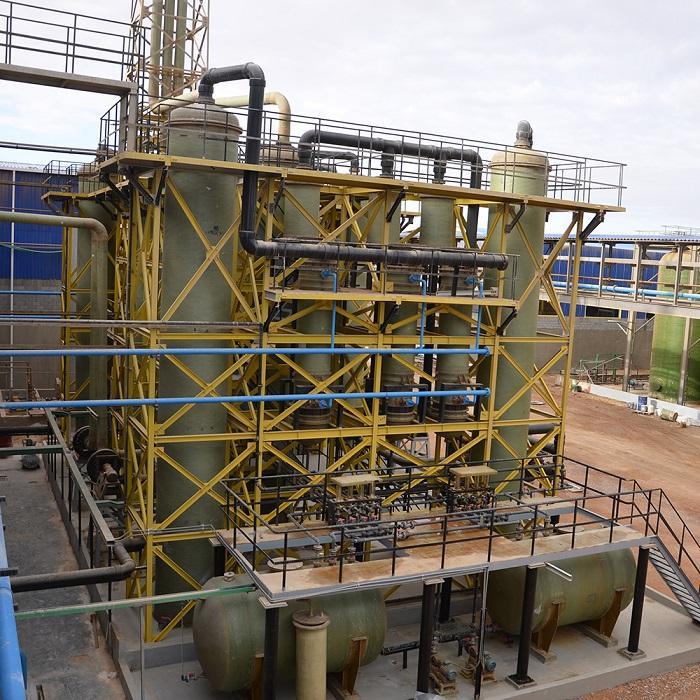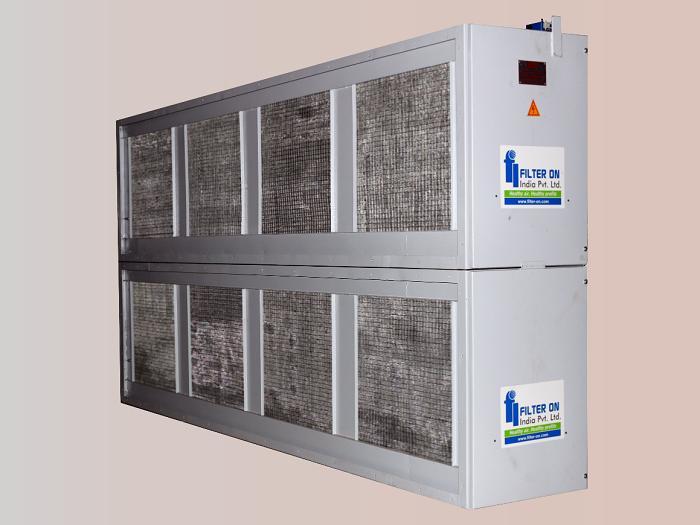Air pollution has become one of the most discussed issues in this era. Governments have set new regulations on emissions of air pollutants which obligated companies to control their hazardous emissions. Dry scrubbers are one of the primary devices that control gaseous emissions, especially acid gases. Therefore it is of great importance for companies to have thorough information on them including their application. Linquip has provided valuable details on the topic. Read on drown yourself in learning!
What is a dry scrubber?
A dry scrubber system is the most common type of scrubbers which is designed to remove harmful materials from polluted gases of industrial exhaust or flue gas stream before they are released into the environment. It is primarily used to eliminate acidic gases that contribute to acid rain by utilizing a collection of dry substances known as “sorbent”, such as alkaline slurry.
How does a dry scrubber work?
Dry scrubbing systems are used to get rid of pollutants and contaminants in exhaust gas without creating a wet sludge. They work by combining carefully chosen chemical reagents with the exhaust stream at incredibly high speeds which neutralizes the pollutants in the gas. The operation is done in three steps: gas cooling, reagent injection, and filtering. In the gas cooling system, emission gases are cooled to make the pollutant removal easier which is done by the use of an evaporative cooler. Once the gas has been significantly cooled the reagent injection can begin.
In this step the hazardous components are actually removed from the gas. Components of the dry reagent are generally chosen because of their neutralizing characteristic, thus Sodium bicarbonate is a very common dry reagent that is used in this process. The various reagent powders are combined before being directed at the exhaust gas at a high pressure. The chemical reactions that take place at this point will lessen the acidity and get rid of harmful contaminants.
A fabric filter at the bottom of the system will then collect the scrubbing powder while the clean gas is sent through the exhaust vents. This spent powder can sometimes be cleaned and reused for dry scrubbing, but frequently it must be disposed since it cannot be properly washed. It must be noted there are two different types of dry scrubbers with the same basic function but different methods.
Advantages of Dry Industrial Scrubbers
- It does not produce any wet sludge.
- It is able to collect acid gases efficiently.
- It has smaller space requirements.
- It can include a fabric filter to effectively control the particulates.
- It can handle gas streams at higher temperatures.
- It hardly has any maintenance costs.
- It can be retrofitted into current equipment (in some cases).
- The use of dry scrubbers is less expensive as there is no associated cost with removing, transporting, and storing waste water from wet scrubbers
Disadvantages of Dry Industrial Scrubbers
- The control efficiency of acid gas is not as high as a wet scrubber.
- Any residual waste powder that is not burned off will still need to be disposed of.
- The process of dry scrubbing is expensive.
- This system is not able to remove all types of contaminants from the gas.
Wet vs. Dry Scrubbers
Although both types of scrubbers have the same function which is removing toxic pollutants from the industrial exhaust, the way they operate is a bit different. As their names suggest, a wet scrubber uses a solution, generally water or other water based liquid, to saturate the particulates and compounds in the exhaust stream which eventually leads to weighing them down and removing them from the gases.
A dry scrubber on the other hand, aims to remove pollutants from exhaust gases without the use of liquid. it uses dry reagents, which are brought into contact with the polluted stream, that then react, and either neutralize the dangerous compounds, or absorb them and turn them into a different, less harmful, substance. The surface area in both types is very critical. While dry industrial scrubbers generally are not capable of achieving the same level of pollutant removal as wet scrubbers, they are better suited for certain applications, particularly in facilities that do not have the infrastructure in place to properly handle produced wastewater.
Where are dry scrubbers used?
- Acid mist control
- Textile Processing
- Food processing
- Fertilizer Manufacturing
- Cocoa Processing
- Curing ovens
- Wood Products
- Tar Removal
- Wastewater treatment
- Nuclear Waste filtration
- Precious metal recovery
- Electronics
- Etching
- Printing
- Vinyl Manufacturing
- Coaters
- Landfills and Biogas
- Asphalt processing
- Pharmaceuticals
- Oil and Gas
So that was all there is to know about dry scrubbers and their application in different industries. If you enjoy your time at Linquip and want to share your experience with us, post a comment in the comment section and let us know what you think. Is there any question we can help you with? Feel free to sign up on our website where our experts waiting to give you the professional advice you need.
Buy Equipment or Ask for a Service
By using Linquip RFQ Service, you can expect to receive quotations from various suppliers across multiple industries and regions.
Click Here to Request a Quotation From Suppliers and Service Providers
Read More on Linquip





